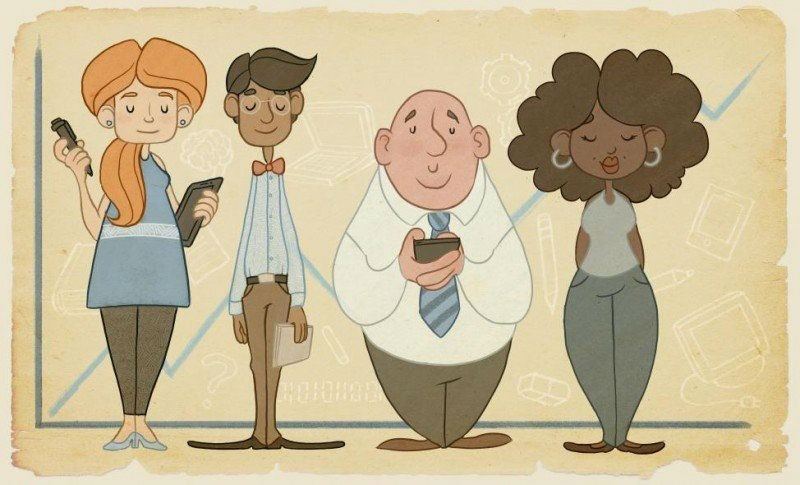5 Tips To Use eLearning For Teaching Mindfulness And Other New Age Ideas
In a time of corporations focusing on efficiency and compliance, it’s almost overwhelming to consider one’s “mindfulness”. It’s a trendy word right now, and it centers on being able to properly process emotions –both positive and negative– to ensure you are “in the moment” rather than lost in the situation. The idea is to remain mindful and process events for what they really are.
- Take The Need Seriously.
It’s easy to dismiss topics like this one as “new-age hokum”, especially since research biases lead to obvious success stories. There’s not a lot of research pointing to the success of “new-age” practices in eLearning. Working closely with the client, I realized there is a need for a more mindful approach to learning. After reading corporate success stories (here, here, and here) of mindful training, I immersed myself in the ideals (which made effective design a lot easier). Self-care is not an instinctual business need like safety procedures or corporate strategy yet. But people crave this sort of learning – it’s a breath of fresh air, and the demand for this training is on our front step. If you can’t get in front of the need, it’s only a matter of time before you’ll be left behind. - Do Your Research.
Before writing a single word, I racked my brain for everything I knew about mindfulness and self-management . I came up with proper breathing techniques and learning how to center yourself over long periods of meditation–mutually practiced stress and compassion strategies. Then I looked to eLearning, the self-directed, small lessoned, highly engaging pseudo-games that keep learners hooked and on the edge of their seat. It took me a while, but soon the discouragement became opportunity. - Get Uncomfortable.
Think beyond the screen to where the mindfulness meets reality; what can you design, and what can learners take on their own? What can you say to make learners feel? Where do you stop telling learners what to do and let them try it on their own? Work with your experts, embody the content you’re teaching, and keep your audience in mind. eLearning is not going to replace mindfulness training, but it has its place within it. - Teach To Make A Genuine Change.
The strategy with this project was to make a marketable difference in the business’s need: “What do we want the learner to come away with?” I was used to answers like “safer company practices” or “compliance”. These are easily measurable goals to design toward. So I was thrown off with the need to “have learners feel better about what they do”; an entirely affective request in a logic-based medium. Of course, it’s not impossible, but know how to hit the affective points in logical ways. Do the research to back you up. Know the trends, what’s working, and how to push what is already being done. Ground the learning in what is important to your audience. For example, a corporation and an employee will want to be mindful for different reasons. And make sure your activities remind learners what they need to do rather than reinforce specific objectives; you won’t be able to test this with a multiple choice question. More than any other training, mindfulness is about a genuine change in the person (not in behavior)—a change that I molded over time, gently, and with care. - Practice What You Preach.
In researching and designing these courses, I read a lot of articles on how mindfulness is the practice of doing nothing, but after immersing myself in the content, I contest it’s the opposite. Mindfulness means understanding everything but being in the present to process it. As you design your own mindfulness learning, be there with that learning. Don’t project your stresses and biases on to the material, but understand what you’re doing in that moment and the value it offers. Breathe deep, concentrate, don’t dismiss your own feelings, and be proud of what you’re able to learn in the process.

